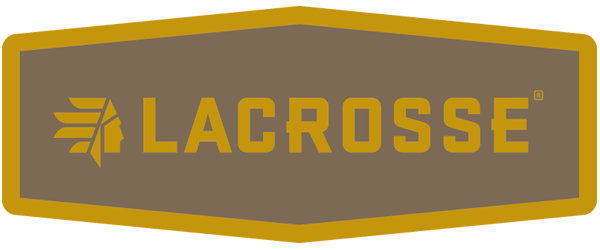 Guest Blog Randy Dumez, Mossy Oak Prostaff
Guest Blog Randy Dumez, Mossy Oak Prostaff
All of us know the breaking dawn as the first gobble thunders from the tree tops. Your heartbeat quickens and your adrenaline starts to rush. We all love those textbook hunts where the birds fly down and gobble and strut their way into our set up and right to the end of our gun barrel. These flash hunts are what we strive for each time our alarm goes off at 4 am and we jump out of bed with anticipation.
But as we turkey hunters know this is not how it always happens. The gobblers are all henned up and go silent when they hit the ground. Many of us know patience is key and mid to late morning can be some of the best action of the day. The hens have been bred and head off to nest. The gobblers are cruising and looking for any hens they can find, these are the birds that work to the call and gobble frequently looking for love.
 But what about the late afternoon and the last couple of hours of daylight where afternoon hunting is permitted? Can you get the birds gobbling an hour or two before they hit the roost? This is a time often overlooked by many. I usually hunt hard till 2pm or so, or even all day, but sometimes there seems to be what we refer to as the afternoon lull. Birds are often loafing in some kind of cover and don’t always respond well to calling. Now don’t get me wrong, if you cover a lot of ground running and gunning you can find a hot bird, but it can be some serious work. We usually take a little break and get some of the honey do list done to keep our other half happy which keeps us hunting. I then hit the woods again around 5pm or so and either find some birds in a field or hit areas we know birds will probably be hitting feeding up before going to the roost. Known strutting areas are also a good bet as toms like to gather up a few hens to roost near so breeding can take place in the morning. If you know where the birds roost every night, get close but not to close, as you don’t want to bump them to roost elsewhere if they avoid you and go to the roost. If you want to hunt that roost sight the next morning you may have to stay put till dark and sneak out, being careful not to bump birds.
But what about the late afternoon and the last couple of hours of daylight where afternoon hunting is permitted? Can you get the birds gobbling an hour or two before they hit the roost? This is a time often overlooked by many. I usually hunt hard till 2pm or so, or even all day, but sometimes there seems to be what we refer to as the afternoon lull. Birds are often loafing in some kind of cover and don’t always respond well to calling. Now don’t get me wrong, if you cover a lot of ground running and gunning you can find a hot bird, but it can be some serious work. We usually take a little break and get some of the honey do list done to keep our other half happy which keeps us hunting. I then hit the woods again around 5pm or so and either find some birds in a field or hit areas we know birds will probably be hitting feeding up before going to the roost. Known strutting areas are also a good bet as toms like to gather up a few hens to roost near so breeding can take place in the morning. If you know where the birds roost every night, get close but not to close, as you don’t want to bump them to roost elsewhere if they avoid you and go to the roost. If you want to hunt that roost sight the next morning you may have to stay put till dark and sneak out, being careful not to bump birds.
 I like to put out a single feeding hen Avian X decoy and perhaps the upright hen with her. More hen decoys are not a bad thing, but we like to travel light. I prefer to not use a strutting decoy or jake as sometimes this will cause the subordinate gobblers to shy away. But what kind of calling do you use? Some say just soft clucks, purrs, and yelps. I agree these calls will be in the mix but don’t be afraid to get more aggressive and loud. When set up and cold calling you want to get their attention. Mix it up with one series loud and the next softer. A series of cutting and then clucks and purrs. After each series listen carefully but also watch closely as they will come in silently. Always be on high alert. Also mix up the types of calls you are using. Sound like multiple hens. I prefer to use the Zink mouth call, a Wicked Series Crystal pot call, and my favorite Quaker Boy box call.
I like to put out a single feeding hen Avian X decoy and perhaps the upright hen with her. More hen decoys are not a bad thing, but we like to travel light. I prefer to not use a strutting decoy or jake as sometimes this will cause the subordinate gobblers to shy away. But what kind of calling do you use? Some say just soft clucks, purrs, and yelps. I agree these calls will be in the mix but don’t be afraid to get more aggressive and loud. When set up and cold calling you want to get their attention. Mix it up with one series loud and the next softer. A series of cutting and then clucks and purrs. After each series listen carefully but also watch closely as they will come in silently. Always be on high alert. Also mix up the types of calls you are using. Sound like multiple hens. I prefer to use the Zink mouth call, a Wicked Series Crystal pot call, and my favorite Quaker Boy box call.
Don’t overlook the last 3 hours of the day, you can get some great action and fill more of your tags. Enjoy your time in the woods and take advantage of all the time you have as spring turkey hunting only comes around once a year!














